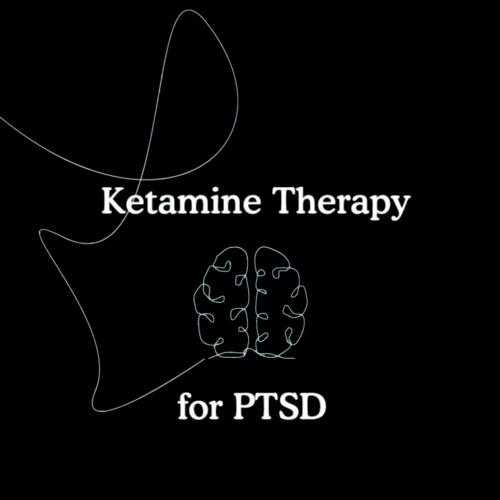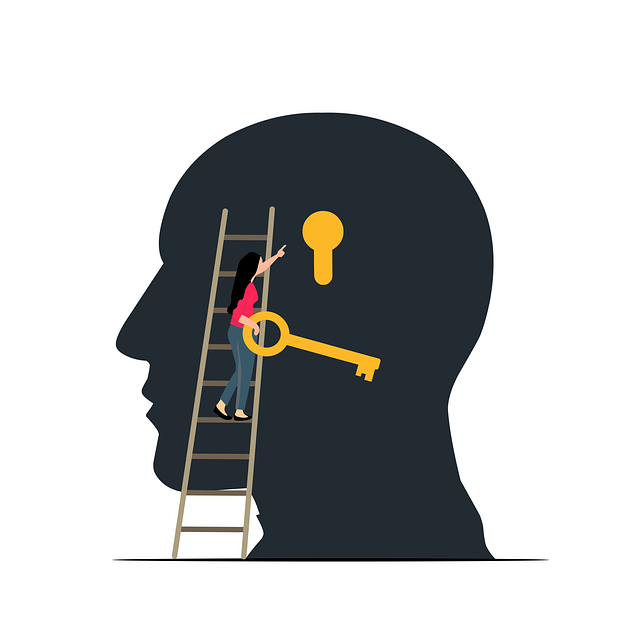Stress, emotional overwhelm, and mental fatigue are part of modern life. But the way we manage them determines how balanced, resilient, and healthy we remain. One effective and practical tool is the 4 R’s Framework: Recognize, Reframe, Relax, and Release. This structured method provides a step-by-step approach to handling stress, improving emotional regulation, and supporting mental well-being.

In this article, we’ll explore the framework in detail, break down its applications, and answer common questions like:
- What are the 4 R’s of stress management?
- What is the 4R framework for mental health?
- What are the 4 R’s of emotional regulation?
- What is 4R in psychology?
Let’s dive in.
What are the 4 R’s of Stress Management?
The **4 R’s of stress management—Recognize, Reframe, Relax, and Release—**form a structured method to reduce mental and emotional strain.
- Recognize – The first step is identifying what is causing stress. It might be an external pressure like workload, or internal triggers such as negative self-talk. Recognizing helps you pause and bring awareness to the issue instead of reacting automatically.
- Reframe – Once stress is identified, reframe the situation by shifting perspective. Instead of viewing a challenge as a threat, you see it as an opportunity for growth. Reframing changes the emotional response from panic to problem-solving.
- Relax – Relaxation techniques such as deep breathing, meditation, or mindful pauses calm the nervous system. This prevents stress from escalating and helps the mind and body reset.
- Release – Finally, release the stress or emotion. This can be done through journaling, physical activity, talking it out, or simply letting go of things outside your control.
Together, these steps prevent stress from accumulating and give you tools to manage it constructively.
What is the 4R Framework for Mental Health?
The 4R framework goes beyond stress management—it is also a mental health tool. Mental well-being is often affected by our reactions to events rather than the events themselves. The 4R method provides a practical roadmap:
- Recognize thoughts, emotions, and triggers. Awareness is the foundation of mental health.
- Reframe unhelpful or distorted thoughts to reduce anxiety and negativity.
- Relax the body and mind to reduce tension and restore balance.
- Release harmful patterns, grudges, or emotional baggage to promote healing.
By applying the framework regularly, individuals can build emotional resilience, reduce symptoms of anxiety and depression, and maintain healthier coping mechanisms.
What are the 4 R’s of Emotional Regulation?
Emotional regulation means the ability to manage your feelings in ways that are healthy and constructive. The 4 R’s provide a structured path:
- Recognize emotions in the moment. This prevents you from being carried away by anger, sadness, or fear.
- Reframe emotional experiences. For example, instead of “I failed,” think, “I learned something new.”
- Relax the emotional intensity. Use techniques such as mindfulness, grounding exercises, or slow breathing to soothe strong feelings.
- Release emotions safely. This could mean crying, expressing yourself through art, writing, or engaging in physical activity.
This process doesn’t suppress emotions—it honors and processes them in healthy ways.
What is 4R in Psychology?
In psychology, the 4R framework is often used to explain how people can manage stress and emotional responses systematically. While variations of the 4R method exist, they all revolve around the same principles:
- Awareness (Recognize)
- Cognitive restructuring (Reframe)
- Regulation techniques (Relax)
- Letting go (Release)
Psychologists often recommend such frameworks because they give individuals a step-by-step action plan instead of vague advice like “just calm down.” The 4R’s make emotional management more practical, approachable, and easy to apply.
How to Practice the 4 R’s in Daily Life
Here are some ways to integrate the framework into your routine:
- Morning awareness check: Start your day by recognizing your mood.
- Reframing journal: Write down stressful thoughts and reframe them with positive alternatives.
- Mini relaxation breaks: Use 3–5 minutes of breathing exercises during the day.
- Release rituals: End your day with gratitude journaling or a short walk to release tension.
When practiced consistently, the 4R framework becomes second nature and reshapes your relationship with stress and emotions.
Benefits of the 4 R’s Framework
- Improves mental clarity and focus
- Enhances resilience in stressful situations
- Supports emotional intelligence
- Reduces physical symptoms of stress (headaches, fatigue, muscle tension)
- Encourages positive thinking and healthier coping habits
Final Thoughts
The **4 R’s Framework—Recognize, Reframe, Relax, and Release—**is a simple yet powerful approach to stress management, emotional regulation, and mental health. By applying these four steps daily, you can reduce overwhelm, maintain balance, and respond to challenges with greater clarity and strength.
Whether you’re looking to manage workplace stress, cope with emotional struggles, or simply improve your well-being, the 4R’s offer a practical roadmap toward a calmer, healthier life.



